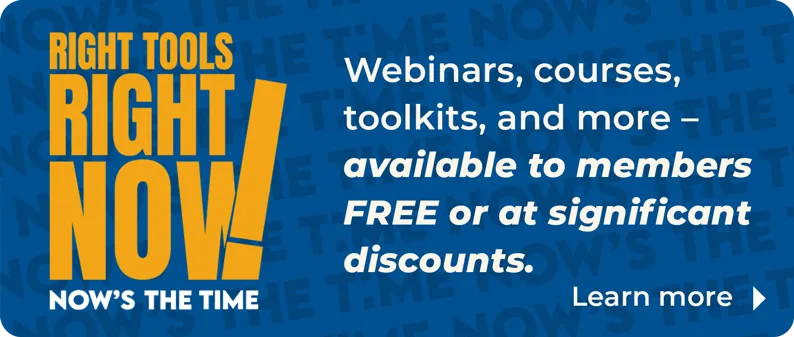After years of historically low housing supply, housing inventory is finally rising and leading to modest improvements in affordability in major markets across the country. However, for more homes to become affordable for potential home buyers, and for the housing supply to match demand, sustained construction activity and consistent job growth are necessary.
NAR's quarterly Housing Shortage Tracker index is a forward-looking indicator that calculates the number of new building permits issued for every new job created in selected major metropolitan areas. The index helps identify areas with the highest deficit of single-family homes while providing insight into what affordability might look like in those areas in the coming months. A high index indicates that more jobs are being created than homes in a specific area, while a negative ratio shows that there were no job losses in that area. Historically, one single-family building permit is issued for every two new jobs.
By the end of the first quarter of 2025, nearly 96% of the major metro areas tracked in the index had narrowed the housing supply-demand gap by issuing more single-family building permits.
Among the areas that saw an improvement in their housing deficit:
- Santa Maria-Santa Barbara, CA, saw the largest improvement, reducing its index by nearly 95% and issuing one permit for every new job created. This marked a notable change from March 2024, when the area issued one permit for every 12 new jobs.
- Five additional major metropolitan areas in California showed improvement, most notably San Jose-Sunnyvale-Santa Clara (-91.9%), Oxnard-Thousand Oaks-Ventura (-82.2%), and Los Angeles-Long Beach-Anaheim (-81.2%). The latter two areas may have increased their construction activity after suffering destructive wildfires in January of this year.
- Rockford, IL, and Boulder, CO, reached a balanced ratio in March.
Despite progress in notable areas across the country, only 40% had a housing shortage index of 2 or lower.
Among the areas with the greatest housing shortages:
- Urban Honolulu, HI, continued to lead as the area with the largest housing deficit in the country, with one permit issued for every 16 new jobs. However, Honolulu’s index fell from one permit per 25 jobs in the same month last year, representing a noteworthy reduction of roughly 35%.
- The most notable change was recorded in New Haven, CT, which decreased its shortage index by 63.4%, from 20 in March 2024 to 7 in March 2025.
- Similar to last quarter, Anchorage, AK, remained the only area with the highest deficit that hasn’t improved its housing shortage over the past year, experiencing a 25.4% increase.
Throughout last year, the U.S. housing market struggled with affordability, primarily due to low housing inventory, which was largely affected by factors such as limited workforce, insufficient building permits, and zoning restrictions. However, NAR expects to see increased housing supply, continuous job growth, and lower mortgage rates in 2025. Overall, the issuance of single-family building permits has improved significantly from the first quarter of 2024, when only 15% of the areas had a nearly balanced housing shortage ratio.









